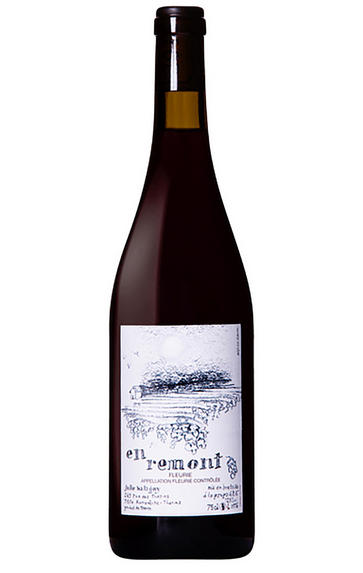
2020 En Remont, Vin de France, Julie Balagny, Beaujolais
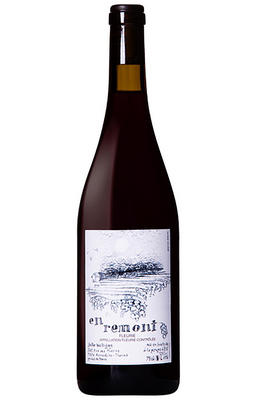
About this WINE
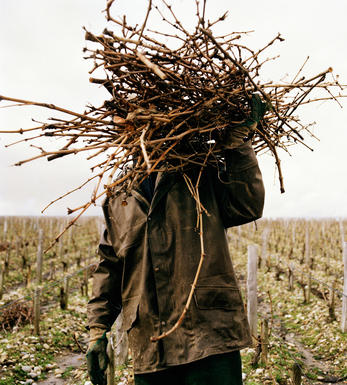
Julie Balagny
Julie Balagny is a talented winemaker based in the Beaujolais region of France and is regarded for her artisanal, small-batch approach to winemaking, which focuses on producing natural and expressive wines that showcase the unique terroir of Beaujolais and the Gamay grape variety.
Julie's winemaking philosophy revolves around minimal intervention in the vineyard and the cellar. She practices organic and biodynamic farming methods, respecting the land and promoting biodiversity, working predominantly with old and low-yielding Gamay vines.
Traditional and non-interventionist techniques, including indigenous yeast fermentation, are employed during winemaking. Additionally, minimal amounts of sulfur dioxide (SO2) are used, avoiding any other additives or manipulations that might interfere with the wine's expression of terroir.
The wines produced by Julie Balagny are known for their purity, freshness, and authenticity. They often display vibrant fruit flavours, balanced acidity, and a sense of place that reflects the specific vineyard sites in Beaujolais. Her wines are typically released under the Vin de France appellation, indicating a more non-traditional or experimental approach to winemaking than the more regulated and traditional Beaujolais AOC (Appellation d'Origine Contrôlée).
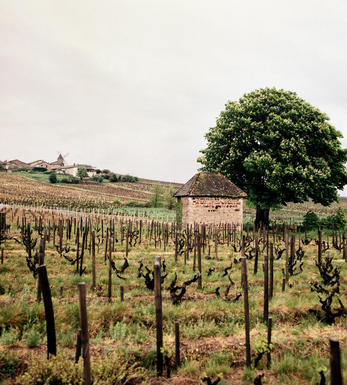
Beaujolais
The Beaujolais region occupies 22,000ha between Mâcon and Lyon, and spans 34 miles from north to south. Around 70 million litres of Beaujolais are produced each year, or two-and-a-half times the entire red and white wine production of the rest of Burgundy put together. More than half of this is sold as Beaujolais Nouveau, and released on the third Thursday of November following each harvest.
Beaujolais is almost exclusively planted with the Gamay grape, and produces mostly red wines. A small amount of white Beaujolais is produced from Chardonnay (or Aligoté) while a handful of Beaujolais rosés can also be found.
It is one of life's injustices that this beautiful wine region is forever associated in most people's minds with Beaujolais Nouveau, a thin and dilute wine that has more to do with marketing than actual substance. However, there is an Aladdin's trove of gloriously satisfying wines to be found amongst the 10 named village crus that form the spiritual home of the fresh, fruity Gamay grape.
From north to south, St Amour, Juliénas, Moulin-à-Vent, Chénas, Fleurie, Chiroubles, Morgon, Régnié (a cru since 1988), Brouilly, and Côte de Brouilly are situated along the 15-mile strip of granite hills to the north of the region. They range from light, lively, and fragrant to rich and velvety. While most Beaujolais should be drunk as soon as possible, the crus are infinitely more concentrated and have much more personality. They can be kept for up to 10 years, at which age the best examples resemble mature Pinot Noir.
At its best, simple Beaujolais is fruity and eminently drinkable, especially when lightly-chilled in summer. Most Beaujolais displays a pear-drop edge to its soft red fruit, and often notes of banana and bubble gum too. These traits come largely from the vinification method (semi-carbonic maceration) rather than the Gamay grape itself, where a swift fermentation highlights the aromatics and fruit, while minimizing the tannins. Amongst the top crus, however, there has been a return to more traditional Burgundian vinification methods, and even oak ageing.
There are five classifications of Beaujolais: Beaujolais Nouveau, Beaujolais, Beaujolais Supérieur, Beaujolais Villages, and the 10 Beaujolais crus. As with the rest of Burgundy, the producer's name on the bottle is often the most important factor.
Recommended producers: Michel Chignard, Jean-Claude Desvignes, Olivier Merlin, Alain Michaud.
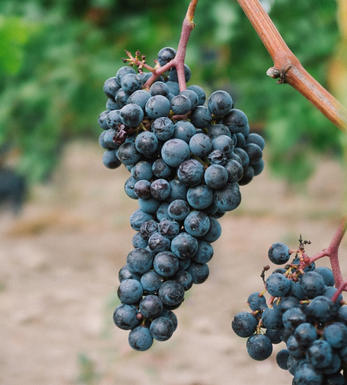
Gamay
A French variety planted predominately in Beaujolais where it is the grape behind everything from light and often acidic Beaujolais Nouveau through to the more serious and well-structured wines from the 10 cru villages. It takes its name from a hamlet just outside Chassagne-Montrachet and was at one stage widely planted on the Côte d`Or. However it was gradually phased out due to its poor yield and supposed poor quality of its wines.
The majority of Gamay wines in Beaujolais are labelled as Beaujolais or Beaujolais-Villages and are deliciously juicy, easy drinking, gulpable wines. Of more interest are the Cru wines from the 10 villages in the north of the region where the soil is predominantly granitic schist and where the vines are planted on gently undulating slopes. These can be well-structured, intensely perfumed wines, redolent of ripe black fruits and, while delicious young, will reward medium term cellaring.
Gamay is also grown in the Touraine region of the Loire where it produces soft, well-balanced, gluggable wines for drinking young.


Buying options
Add to wishlist
Description
The 2020 En Remont exhibits a vibrant ruby-red hue in the glass, hinting at its youthful and exuberant character. The wine's transparency allows the light to dance through, revealing its freshness and liveliness.
Upon the first gentle swirl, the nose is greeted with an enchanting bouquet of red fruit aromas. Ripe and juicy strawberries, succulent red cherries, and a touch of raspberry essence fill the air.
On the palate, this Beaujolais delights with its harmonious balance of fruit and acidity. The initial sip reveals a burst of vibrant red berries, exuding the essence of the Gamay grape at its finest.
The finish is clean and refreshing, leaving a delightful trail of red fruit flavours that linger on the palate. A subtle minerality adds a sense of place and showcases the wine's terroir-driven character.
This wine is a beautiful representation of a fresh and fruit-forward Beaujolais, making it an excellent choice for casual sipping and pairing with a range of dishes, from charcuterie to classic French cuisine.
wine at a glance
Delivery and quality guarantee